No Arctic Council meeting for Greenpeace North Pole trekkers
A group of young campaigners have been trekking to the North Pole this week, as part of the Greenpeace campaign to “Save the Arctic“. There are 16 people in the group, including four international youth ambassadors : Hollywood actor Ezra Miller, two Arctic Indigenous representatives and a young man from the Seychelles . I was hoping to be able to report here on the Ice Blog that they had met with members of the Arctic Council who were also to visit the North Pole this week. But for reasons yet to become clear, the meeting didn’t happen.
One of the explorers, Josefina Skerk, a 26-year-old member of the Sami Parliament in Sweden, had sent a letter to Gustaf Lind, Swedish chair of the Arctic Council’s Senior Arctic Officials, requesting a meeting with the Arctic officials, when they heard they would be at the North Pole at the same time. Mr. Lind apparently accepted the invitation, but the meeting did not take place. There is an amazing multimedia website for the project, where you can follow the expedition and find out about the trekkers and their motives: Into the Arctic. One of the girls says her hands are freezing but her blood is boiling because the meeting didn ‘t work out. But you can see and hear all that for yourselves on the site.
The activists say “no one nation should own the Arctic or be allowed to exploit the melting Arctic sea ice, a crisis created by climate change, for more of the fuels that caused the melt in the first place”. The trekkers are carrying with them a time capsule that contains a declaration with 2.7 million signatures calling for the Arctic to be made a global sanctuary. Greenpeace says they plan to lower the capsule and a ‘Flag for the Future’ through 4.3 km of freezing water to the seabed beneath the North Pole.
Some of those signatures were collected here in Bonn, as reported on the ice blog and DW radio and online pages at the time:
Climate affects birds in Arctic Alaska
A new report from the Wildlife Conservation Society (WCS) finds that several species of birds which breed in the Arctic are vulnerable to climate change impacts between now and 2050.
The report looked at 54 species and found that two, the gyrfalcon and the common eider are likely to be “highly” vulnerable to expected impacts. Seven species would be “moderately” vulnerable, and five species are likely to increase and benefit from a warming climate.
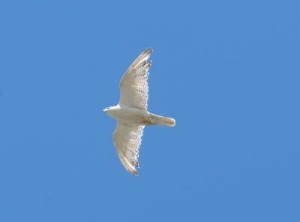
This is a Gyrfalcon — one of two species found to be highly vulnerable to future climate change impacts in Arctic Alaska.
Credit: Steve Zack/ WCS
Arctic Alaska provides some of the most important breeding and stopping grounds for millions of birds from around the world. The region is also warming much faster than the rest of the globe.
The report, Assessing Climate Change Vulnerability of Breeding Birds in Arctic Alaska, co-authored by WCS Scientists Joe Liebezeit, Erika Rowland, Molly Cross and Steve Zack, details in-depth vulnerability assessments conducted on 54 species to help guide wildlife management in the region. The project was aided by the participation of more than 80 scientists who are experts on the species. The authors note that the assessments looked exclusively at the impacts of climate change experienced by breeding birds in Arctic Alaska, and not in other parts of their range.
“The primary value of this assessment is to tease out the underlying factors that make species more or less vulnerable to climate change,” said WCS Conservation Scientist and report co-author Joe Liebezeit. “Through this effort we can begin to prioritize subsequent management actions and identify data gaps. The results represent a starting point to help prioritize management actions and conservation planning efforts.”
The vulnerabilities were assessed using software developed by NatureServe that combines expert opinion of the sensitivity of a species to climate change (including traits like physiological tolerance to temperature change) and geospatial datasets of external factors including projected temperature and moisture changes across northern Alaska.
As Coordinator of the Arctic Landscape Conservation Cooperative, Greg Balogh looks at climate-driven changes. “This assessment tool melds computer modeling with expert opinion in a way not often realized,” said Balogh. “The insights and graphic depictions of climate change winners and losers is a real eye-opener. Land and resource managers would do well to pay attention to products like this as they think about how they conduct business in the future.” Among the commonalities seen among the more vulnerable species was a strong orientation to the coastline exposing them to climate-related changes in coastal disturbances linked to storms, erosion and ice cover. Generalist species (those that can adapt to a wide variety of conditions) were less affected and, in some cases, predicted to thrive in a warming climate.
Despite the extensive assessment carried out, the authors acknowledge that there is more work to be done.
“Our results tell only part of the climate change story for these species,” said WCS Conservation Scientist and report co-author Erika Rowland. “For example, several species rely on wetland habitats, which may dry out or shift locations in response to warming. Also, many species winter in places outside of Alaska and so climate change information from other regions will ultimately need to be woven into our understanding of vulnerability in Arctic Alaska for conservation planning and management.”
George Divoky, an ornithologist and climate observer who monitors black guillemots breeding on Cooper Island off the coast of Barrow, Alaska, the northernmost point in the USA, has also been telling me how changes in the sea ice have been making life difficult for “his” birds this year. The ice has been breaking up massively and very early in the season.
“Having the ice be breaking up this early and to such an extent could mean that there will be open water north of Cooper Island much sooner than normal. If the ice is well offshore when guillemot eggs hatch in July, then parent birds will have a tough time finding food for young. In the short term it could also mean I will have problems getting out to the island by snow machine in early June.” There is more from George on the Friends of Cooper Island site.
More information on the current state of the Arctic ice, including fascinating videos on the NASA website.
Greener Arctic will speed up warming
New research predicts that rising temperatures will lead to a massive “greening” or increase in plant cover in the Arctic. In a paper published in Nature Climate Change on March 31st, scientists present new models projecting that wooded areas in the Arctic could increase by as much as 50 percent over the next few decades. They also show that this will accelerate climate warming at a faster rate than previously expected.
In the Ice Blog post of March 11th, A Greener Arctic in a Warmer Climate, I wrote about a study of satellite data showing there have already been considerable changes, with plants growing further north and reaching higher heights than previously in their present locations. The new work, funded by the National Science Foundation, models how the “greening” of the Arctic could continue and what effects it could have.
Richard Pearson, the lead author on the paper and a scientist at the American Museum of natural History’s Center for Biodiversity and Conservation says “such widespread redistribution of Arctic vegetation would have impacts that reverberate through the global ecosystem”. Once again, we have a piece of research demonstrating the worldwide significance of what is happening in the far north of the planet.
The models suggest there could be trees growing hundreds of miles north of the present tree line in Siberia. As well as changing living conditions for flora and fauna, the researchers draw particular attention to the feedback effects which would be produced by having a green rather than a white Arctic. The albedo effect would have the greatest impact, they say. The white snow reflects most of the radiation back to space. “Dark” areas, on the other hand, in this case trees or shrubs, would absorb more sunlight, leading to a further increase in temperature. For the Arctic, that would mean “the more vegetation there is, the more warming will occur”, according to the study. It is the same phenomenon observed when the increased melting of the sea ice gives way to darker water, which absorbs more heat.
You might wonder if the plant growth could offset this warming effect by absorbing atmospheric carbon. But this process happens too slowly for that, says co-author of the study Michael Loranty, from Colgate Unversity.:
“By incorporating observed relationships between plants and albedo, we show that vegetation distribution shifts will result in an overall positive feedback to climate that is likely to cause greater warming than has previously been predicted”, according to Wood Hole Research Center Senior Scientist Scott Goetz, another co-author.
The temperature in the Arctic is already rising at about twice the global rate.
Russia helps China drill deeper into the Arctic
When the new Chinese President Xi Jinping visited Russia as his first official foreign destination last week, one of the agreements signed on the sidelines was a deal between the Chinese National Petroleum Corporation (CNPC) and Russia’s oil company Rosneft, which paves the way for more exploration in the Arctic. The BarentsObserver says the cooperation makes the Chinese concern Rosneft’s third foreign partner in the Barents Sea. The area in question is located to the west of the archipelago of Novaya Zemlya and to the northeast of Gazprom’s Shtokman field. The BarentsObserver says the most likely option is that CNCP will get a 33 percent stake in a joint venture and bear all costs for initial exploration and drilling. The area is one of the least explored areas on the Russian continental shelf. The hydrocarbon potential is believed to be considerable.
![]() read more
read more
Melting Arctic ice and Europe’s freezing March
It has been an extremely cold start to spring here in Germany and other parts of the European continent this year. Parts of Scotland have been snowed under and lost their electricity supplies. For once, I haven’t had people saying “so much for global warming” etc. Could it be that a majority of people are realising that climate change does not mean a straight, linear, rise in temperature everywhere?
Scientists from the Potsdam Institute for Climate Impact Assessment (PIK) have drawn my attention to a report back in 2010 by Vladimir Petukhov from that organisation indicating that the shrinking Arctic ice (as a result of climate warming) can disturb air streams and change air pressure. This means a higher probability that Europe will get warmer winters more often. Of course there are always various factors involved, but other studies in the past three years have come to similar conclusions.
It may seem like a paradox, but yes, global warming could well be a major factor in bringing us these cool temperatures.
Let me just give you a link to a summary of “Global Warming could cool down temperatures in winter“.
- Spring picnic perhaps? Close to my office. It has melted now, but there is an ICY wind from the north-east.






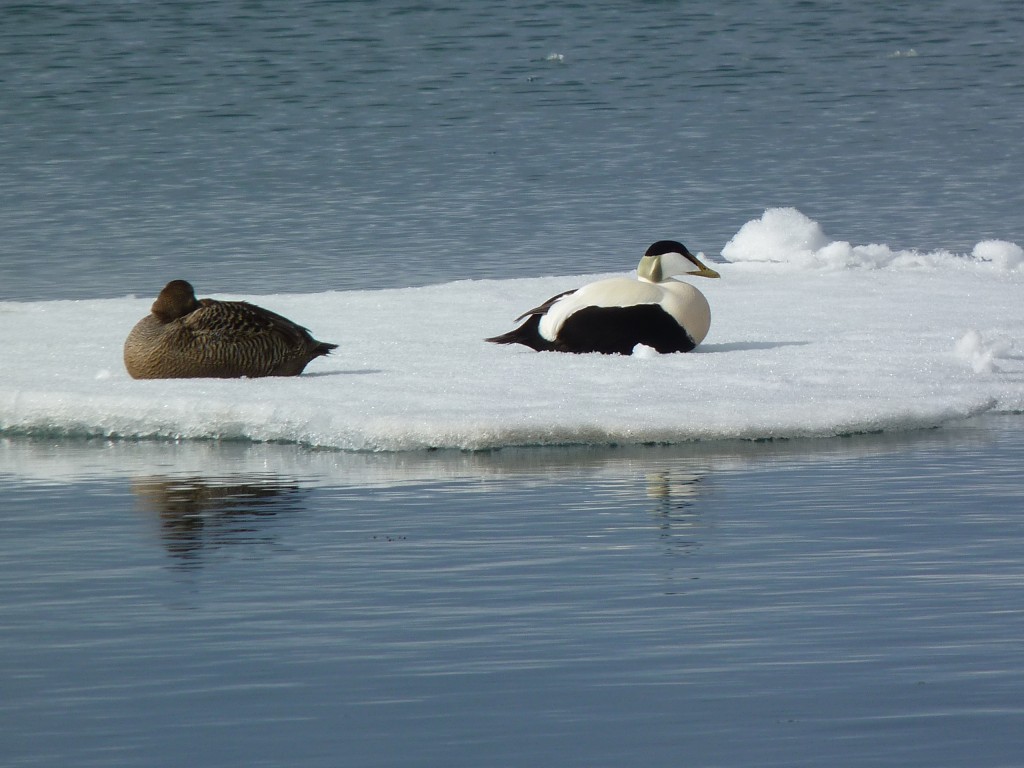
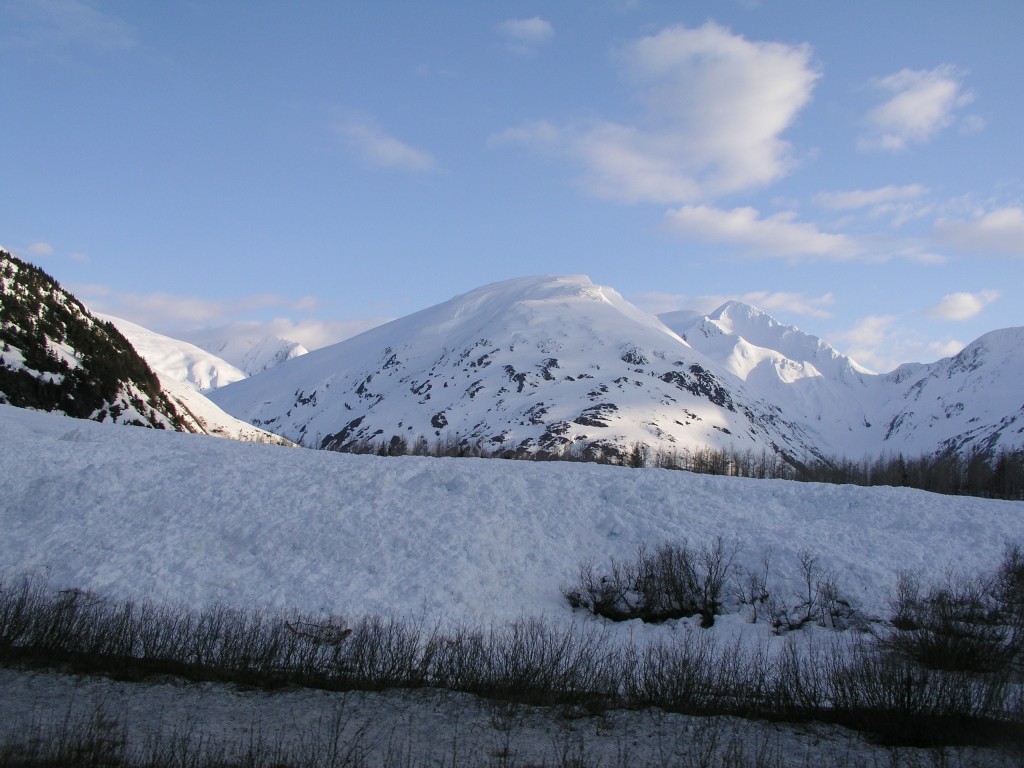
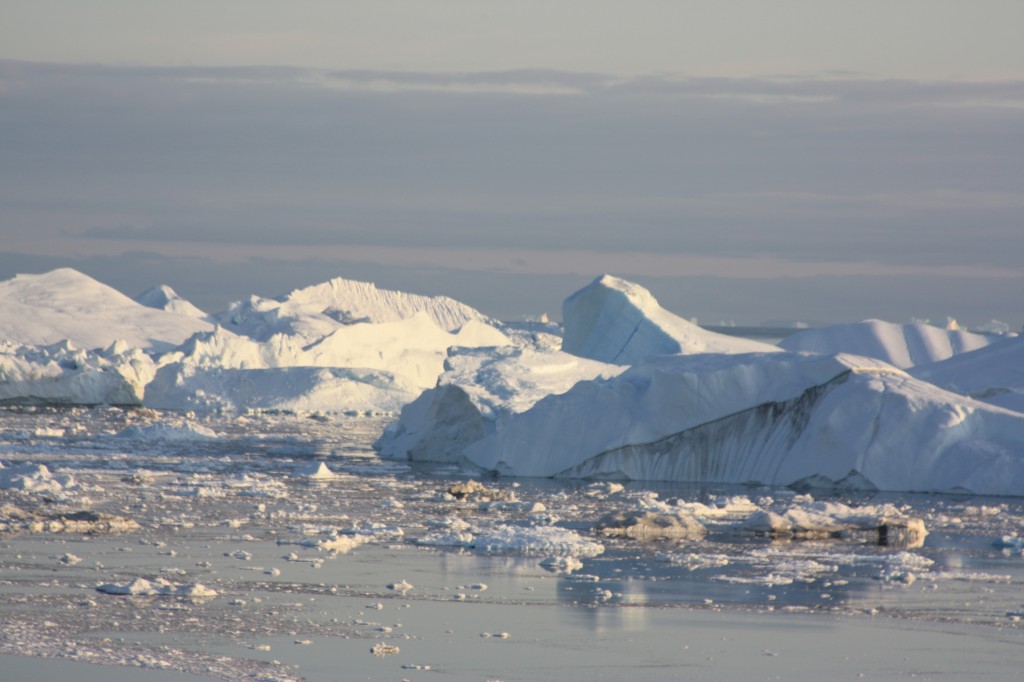
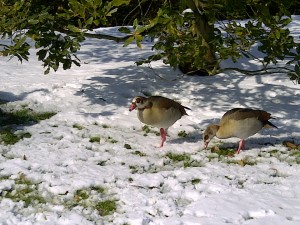
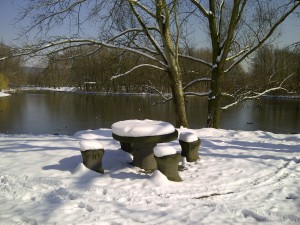
















Feedback